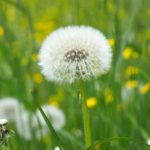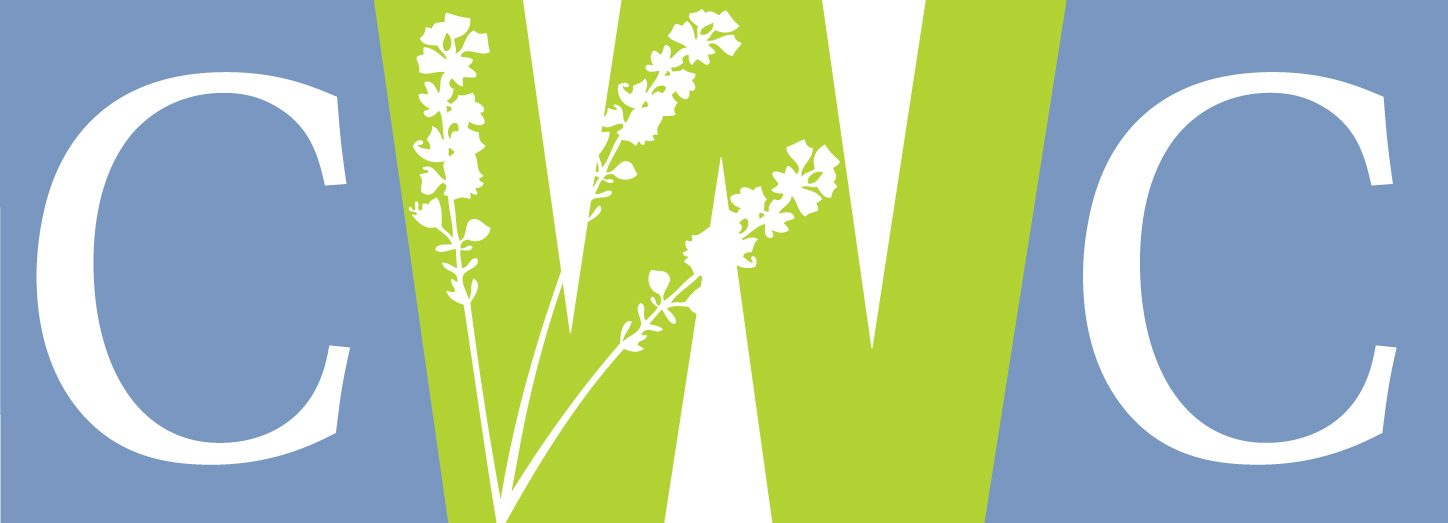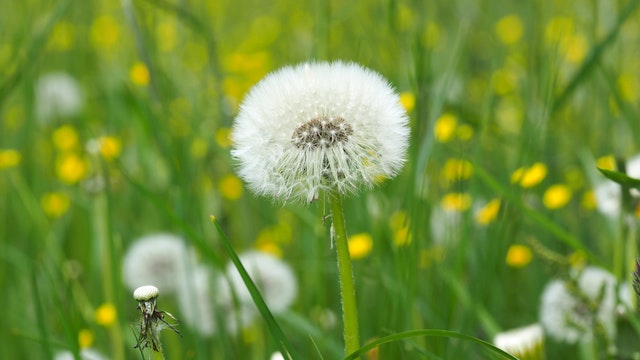 You are walking through your yard, admiring your lush green lawn. All of a sudden you spot it….a bright yellow dandelion! You walk over to it and pluck it out of the ground and once again, you have a beautiful, flawless yard!
You are walking through your yard, admiring your lush green lawn. All of a sudden you spot it….a bright yellow dandelion! You walk over to it and pluck it out of the ground and once again, you have a beautiful, flawless yard!
The next day two more dandelions appear and after digging them out, there appears to be beauty as far as the eye can see. Little do you know that there is a network of interconnected roots running under your yard so try as you might to keep up with those pesky yellow invaders, you still find yourself having to deal with them over and over. If only there was a way to get rid of them root and all!
Our health is not unlike our yards. Too often we address symptoms over and over rather than finding the underlying cause.
For example, of the following symptoms; itchiness, headaches, foggy thinking, diarrhea, rashes, psoriasis, abdominal pain, gastrointestinal disorders, sneezing itchy and/or congested nose, hives, eczema, asthma, irregular heartbeat, sinusitis, flushing, poor muscle tone, painful periods etc, how many times have you experienced one of these or several of these together? All of these symptoms can be a histamine response.
Histamine can be made in our bodies as a response to a substance. They are meant to deliver their chemical message to their target and be broken down and disposed of by enzymes produced by the body. Foods can also be naturally high in histamine. The problem can occur when our bodies don’t make enough of the enzymes that regulate the histamine levels and instead of being disposed of; the histamine remains intact and accumulates in the body. This can lead to a wide variety of the symptoms listed above. In addition to not being able to make enough of these enzymes to deal with the level of histamine, there are other factors that can block our enzyme function such as drugs, pollutants and certain foods.
Some foods are naturally high in histamine. Others cause a histamine response in the body. Too many of these foods consumed together may cause a histamine response. Other times these foods can be eaten without a problem. This has to do with the amount of histamine already in your body due to environmental allergies, like ragweed, pet dander etc. If our body is a cup and histamine is in the cup and then we react to an allergen, the amount of histamine rises in the cup. Now we eat something that is high in histamine and the level increases. Next, we take a drug or eat a food that affects our enzyme function and the histamine levels are not decreased so the levels rise each time we react to something. Now the symptoms become more pronounced; as the cup overflows, due to a combination of events, rather than a single cause. Symptoms can be immediate or several hours later. There are 4 different histamine receptors in different areas of our bodies. The symptoms correlate with the histamine receptors that are involved. It is for this reason that anti-histamines don’t address all of the symptoms as they only target some of the receptors. It is for this reason, other steps must be taken to reduce them sum total of histamine in our body. It is like eliminating that dandelion root system in our lawn.
Here are some things you can do to reduce your histamine load. Some are things that should be practiced all the time and others at times when you are experiencing mild to more severe symptoms.
Avoid or limit foods that are high in histamine. Some of the major culprits are cheese, pickles, tomatoes, spinach, shellfish and salami, fermented foods, overripe vegetables, packaged salad mixes, soy products, avocado, soft drinks, high protein left overs, legumes, cheeses and yogurt
Avoid or limit foods that provoke the release of histamine such as uncooked egg whites, shellfish, strawberries, tomatoes, fish, chocolate, pineapple and alcohol.
Be aware of and avoid: Chemicals, such as benzoates and azo dyes, used in processed foods and other personal products, to prevent spoilage, cause the release of histamine. Benzoates are also found in high amounts, naturally, in food such as prunes, peaches, papaya, pumpkin, soy beans, spinach, raspberries, red beans, avocado, berries, nectarines, mixed spice, cinnamon powder, cloves, aniseed, curry, ginger and chili powder.
Limit your environmental exposure to the following as they are all players in raising histamine levels.
- Allergens such as pollen
- Pollution in the air and water
- Chemicals in our personal care products such as skin creams, deodorant, sun screen, soaps, acrylates (artificial nails )
- Medications that inhibit our release of needed enzymes
- Stress
FOODS TO AVOID, FOR REFERENCE:
Vegetables:
Overripe or rotten Vegetables, tomatoes, raw onion, buckwheat, all fermented vegetables such as sauerkraut, all pickled vegetables, spinach, eggplant, avocado, packaged salad mixes, packaged peeled vegetables, bell peppers, fermented soy products, purslane and kale.
Fruit:
Strawberries, citrus fruits, raspberries and other berries, raisins, papayas, bananas, dates, avocados, pears and ant dried fruit preserved with sulfur, over ripe or rotten fruit.
Dairy Products and Eggs:
Yogurt, all cheeses( except mascarpone, quark and ricotta), unpasteurized milk, cultured buttermilk, cultured cream, sour cream, stale eggs, raw egg white (sometimes used in sorbet).
Cereals, Grains and Starches:
Buckwheat, quinoa, yeast baked goods, wheat germ amaranth (high in oxalates). Also, Xanthan gum, gelatin, carrageenan, tapioca starch (also known as tapioca flour or cassava starch). Read labels of foods you buy to avoid these.
Legumes, Pulses, Nuts and Seeds:
All legumes, pulses, nuts and seeds including walnuts, pecans, cashew and sesame seeds. Anything made with soy.
Fats and Oils:
Margarine and avocado flesh
Sweeteners:
Flavored syrups, prepared dessert fillings, prepared icings/frosting, cake decorations, commercial confectionery and candies, unpasteurized honey.
Beverages:
Soft drinks, alcohol, particularly red wine and beer, black, green, mate’ tea, energy drinks.
Meat, Poultry and Seafood:
Be aware that all high protein foods have the potential to cause problems but especially processed meat such as sausage, bratwurst, cabana, smoked salmon etc. Leftover, especially high protein leftovers.
Being aware of these and limiting or avoiding them when you are already reactive will be helpful in preventing a number of symptoms you may experience. These are not forbidden but will help you reduce histamine load when you are suffering or want to prevent reactions. Trying not to consume too many of these at one time is also helpful.
Comment below or contact us if you have any questions. We are here and happy to help!
Jill Shanahan, LE and Eating Psychology Coach






